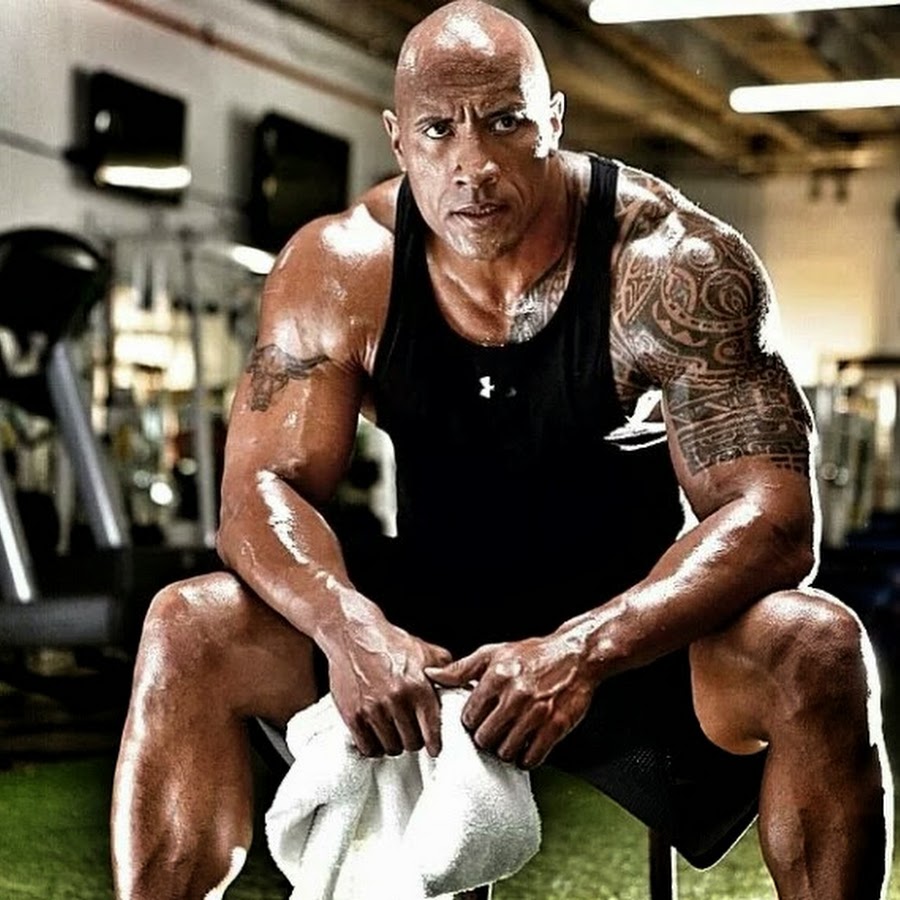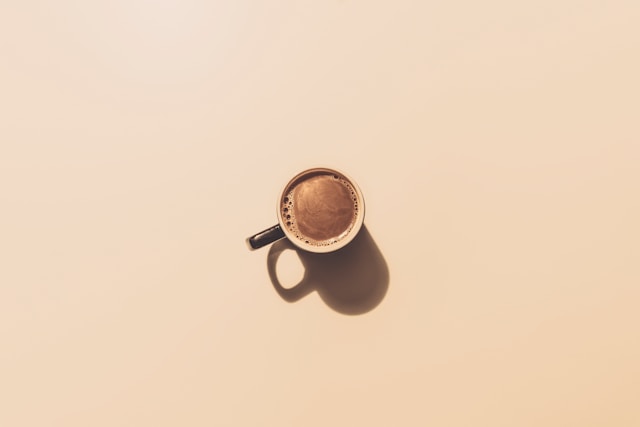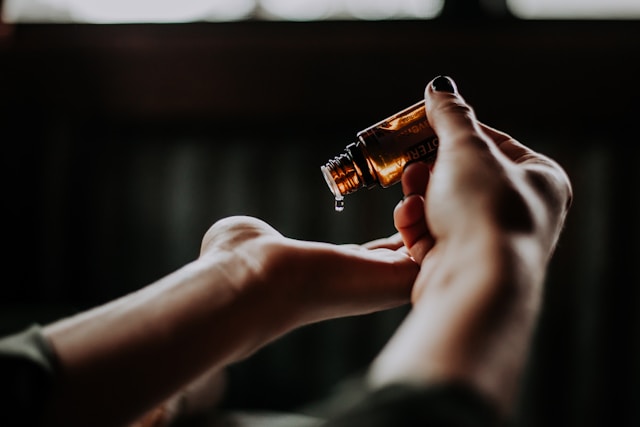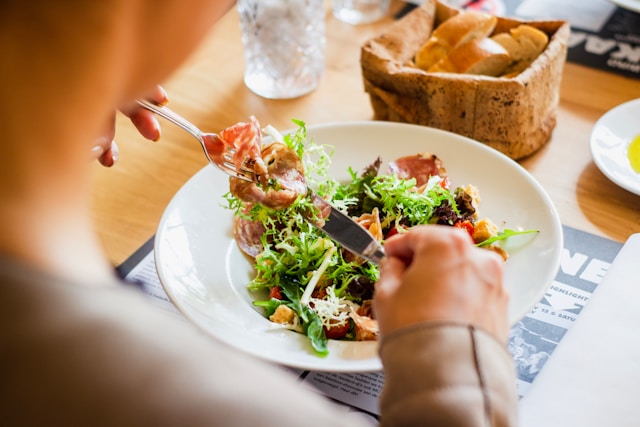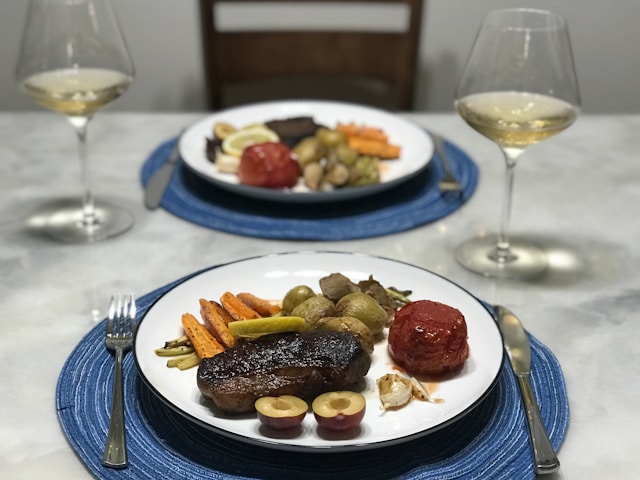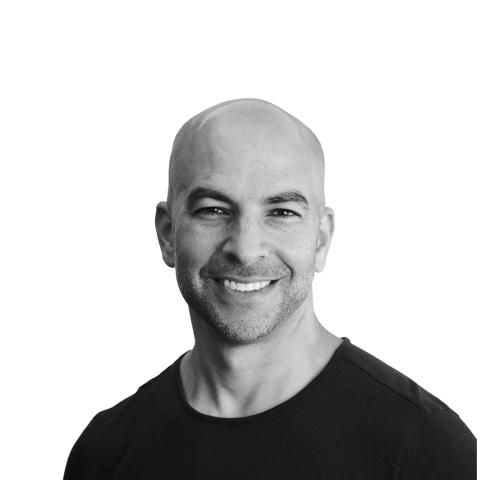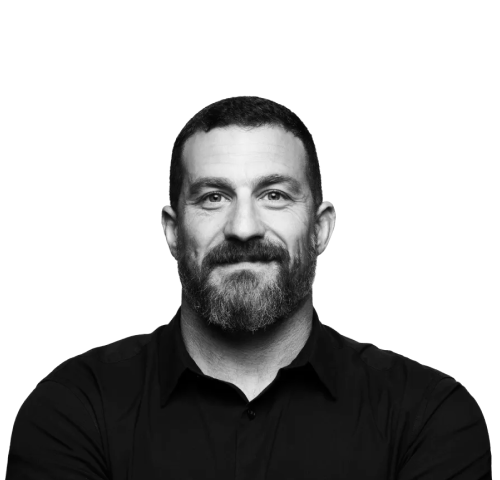Dwayne “The Rock” Johnson’s Daily Routine
The Relentless Routine Behind a Global Icon
Dwayne The Rock Johnson is a busy actor, producer, and entrepreneur. He packs a lot into his day, making time for work, staying healthy, and being with his family. From early workouts to his business deals and family time, the superstar’s schedule shows how to juggle a successful career with a good life and family.
- Published: May 5, 2025
- Last Updated: May 16, 2025
-
-
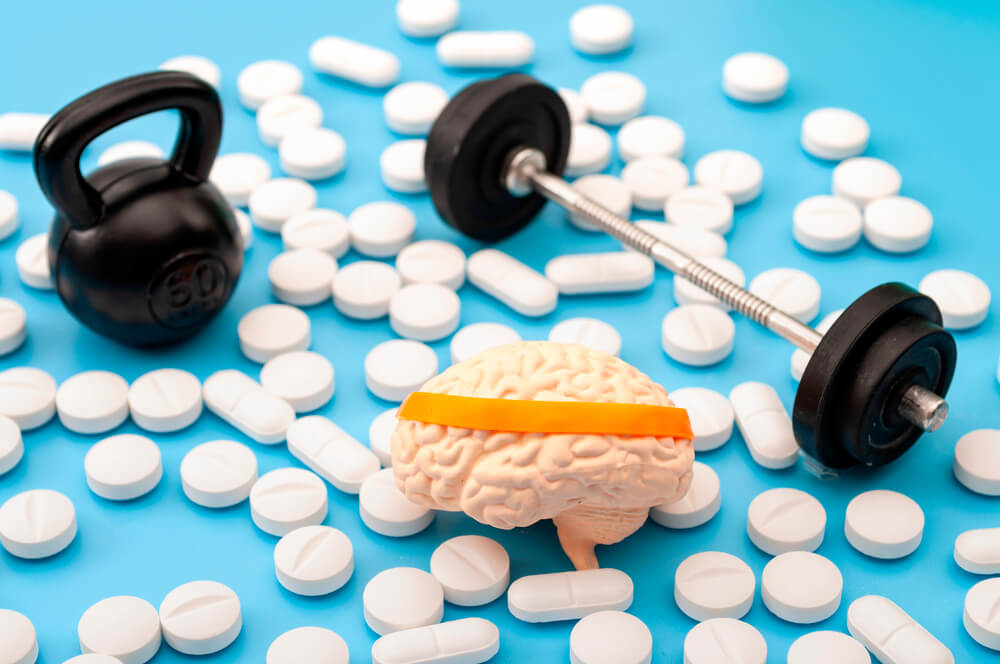
Top 5 Dwayne The Rock Johnson’s Routine Products
- Whey Protein: Johnson uses whey protein after workouts to help build muscle and recover faster from tough training.
- Casein: Casein digests slowly and is taken at night to keep his muscles fueled while he sleeps.
- Creatine: Creatine is a must for him. It boosts his strength, stamina, and performance, especially when lifting heavy or doing intense workouts.
- Glutamine: Glutamine aids in his muscle recovery and keeps his immune system strong. This is key for maintaining his high performance, mainly when juggling workouts and a busy schedule.
- Glucosamine: This supplement supports The Rock’s joints, protecting them from the wear and tear of heavy physical activity. It keeps him in shape for both workouts and action scenes.
-

3:30 AM – Wake Up Call
Morning
He starts his day bright and early, getting up at 3:30 AM while everyone else is still asleep. This quiet time helps him mentally and physically prepare for whatever the day brings.
“The only thing that’s regimented is I have to wake up before the sun gets up, and I have my two hours alone when no one else is up and the house is quiet.”
Mental Preparation
In the morning, Johnson takes some time for himself. He really appreciates this part of the day for clearing his mind, thinking things through, and figuring out what to do.
“Getting that hard work in as early as possible to get my day started off on the right foot, mentally and physically.”
Early Morning Cardio
After having his coffee, he gets into his cardio workout. Whether jogging or on the elliptical, he sticks to this 30 to 50-minute routine without fail.
Breakfast
Nutrition is really important in his daily routine. For breakfast, he keeps it simple with lean protein and some complex carbs to help him recover after cardio. His usual meals are steak, egg whites, oatmeal, broccoli, and casein protein to power his muscles.
Iron Paradise
After breakfast, he heads to his personal gym, the Iron Paradise, for his first weight training session. It’s packed with more than 45,000 pounds of equipment.
“2–3 hours in the ‘Iron Paradise’ daily, hardcore, no messing around. The gym has become my sanctuary and therapy all in one.”
His morning routine shows how serious he is about his mental and physical shape. This habit is super important to him and sets the tone for the day.
-

Dwayne ‘The Rock’ Johnson’s Workouts
After some morning cardio and breakfast, he gets into heavy weight training to kick off his day.
- Fitness Focus: He lifts weights daily during his workouts, targeting different muscle groups.
- Iron Paradise: He calls his gym Iron Paradise. It’s a portable gym with around 45,000 pounds of equipment that his crew sets up wherever he goes.
- Training Schedule: In an Instagram post, he shared that he spends “2-3 hours in the ‘Iron Paradise’ daily, hardcore no messing around. The gym has become his happy place and a form of therapy. Now, he breaks up his workouts into six parts, focusing on the Back, Chest, Arms/Abs, Shoulders, and legs. One day, he just does whatever he feels like.
- Nutrition Schedule: He plans his meals to make sure he gets enough protein for bodybuilding. He eats about 5–7 meals daily and takes some casein protein to help recover and maintain his size. He still pumps his body with intense workouts. Dwayne has also started focusing on pre-hab exercises to avoid injury from all the intensity.
“2-3 hours in the ‘Iron Paradise’ daily, hardcore, no messing around. The gym has become my sanctuary and therapy all in one.”
-
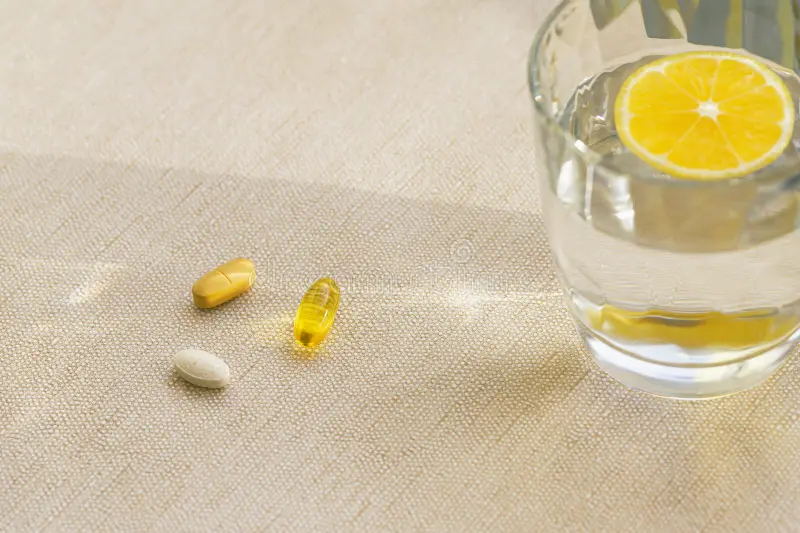
Lift Heavy, Stay Sharp With These Supplements
Dwayne “The Rock” Johnson follows a routine based on hard work and discipline. He gets up early to lift weights or spends long days filming, keeping himself physically and mentally in top shape. The right supplements can help you maintain the lasting energy.
- Vitamin B6: This vitamin is important for breaking down proteins and generating energy. It also helps with muscle growth, supports the immune system, and can lift one’s mood, essential for anyone who trains hard, like The Rock.
- Magnesium Citrate: This form of magnesium is easy for your body to absorb and helps your muscles relax, keeps your nerves firing correctly, and aids in recovery after workouts. It can help stop cramps and fatigue, letting you power through intense sessions.
- Magnesium Oxide: This one’s great for stronger bones and helps your body use energy. It also helps balance your electrolytes, which is important when you sweat a lot during tough workouts.
- Phosphatidylserine: This supplement helps improve memory, focus, and stress management. It is useful for staying sharp, whether working out or in a high-pressure job.
- Lutein & Zeaxanthin: These are antioxidants that help keep your eyes healthy and clear, especially if you spend a lot of time in front of screens or under bright lights.
-

Project Prioritization
One thing that stands out about Dwayne Johnson is how he plans his days. He’s got a lot going on with acting, his company, and all those deals he does. He keeps it all on track by staying organized and knowing what’s most important.
- Thoughtful Planning: He makes a point to plan his day. That way, he juggles work and acting.
- Multi-Faceted Career: He’s in movies, runs a business, and does ads. He has to plan carefully to make it all work.
- Effective Delegation: People have noticed he’s good at giving tasks to his team.
- Peak Performance: He eats around 4,000 calories a day to keep up with his busy career and stay in good shape, both physically and creatively.
“Success isn’t always about greatness. It’s about consistency. Consistent hard work leads to success. Greatness will come.”
-
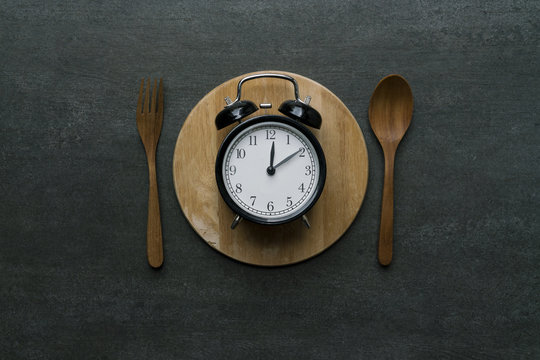
12:00 PM
Lunch Routine
Lunchtime is super important for The Rock. It’s how he keeps his energy up for all those crazy workouts and busy work life.
- Midday Meal: Usually, he eats lunch around noon, depending on his filming schedule.
- Nutritional Focus: He uses lean protein, complex carbs, and veggies. Think chicken, fish, rice, sweet potatoes, and some greens.
- Consistency: He loves his food. He will eat the same thing for weeks, even months, to meet his fitness goals.
- Prepped Meals: Everything is measured and made beforehand, so he gets the right nutrients to crush those tough workouts.
“I eat somewhere between six and seven meals a day, and I try my best to make them as balanced as possible with proteins, carbohydrates, good fats — and the occasional sugar at the right times of the day.”
His lunch shows how serious he is about eating right, so he has the energy to stay on top of his game all day long.
-

1:00 PM
Time for Work
After his morning workout and lunch, Johnson gets down to work. This usually means long hours on set or running his production company, Seven Bucks Productions. He stays energized and focused whether he’s shooting scenes or in meetings.
- Filming: He can spend up to 10–12 hours filming, depending on the project. He’s serious about his work and always performs well, even when it’s tough.
- Work: When not filming, he manages schedules, works with his team, or deals with brand partners.
- Staying Energized: He sticks to his planned meals and drinks a lot of water to keep his energy up during these long days.
“I’m able to work 10, 12, 14 hours if I know that I’ve centered and anchored my day in the beginning.”
Johnson stays focused and disciplined, even when juggling tough projects or leading teams. His work ethic is strong, just like his workouts—always on point and looking ahead.
-
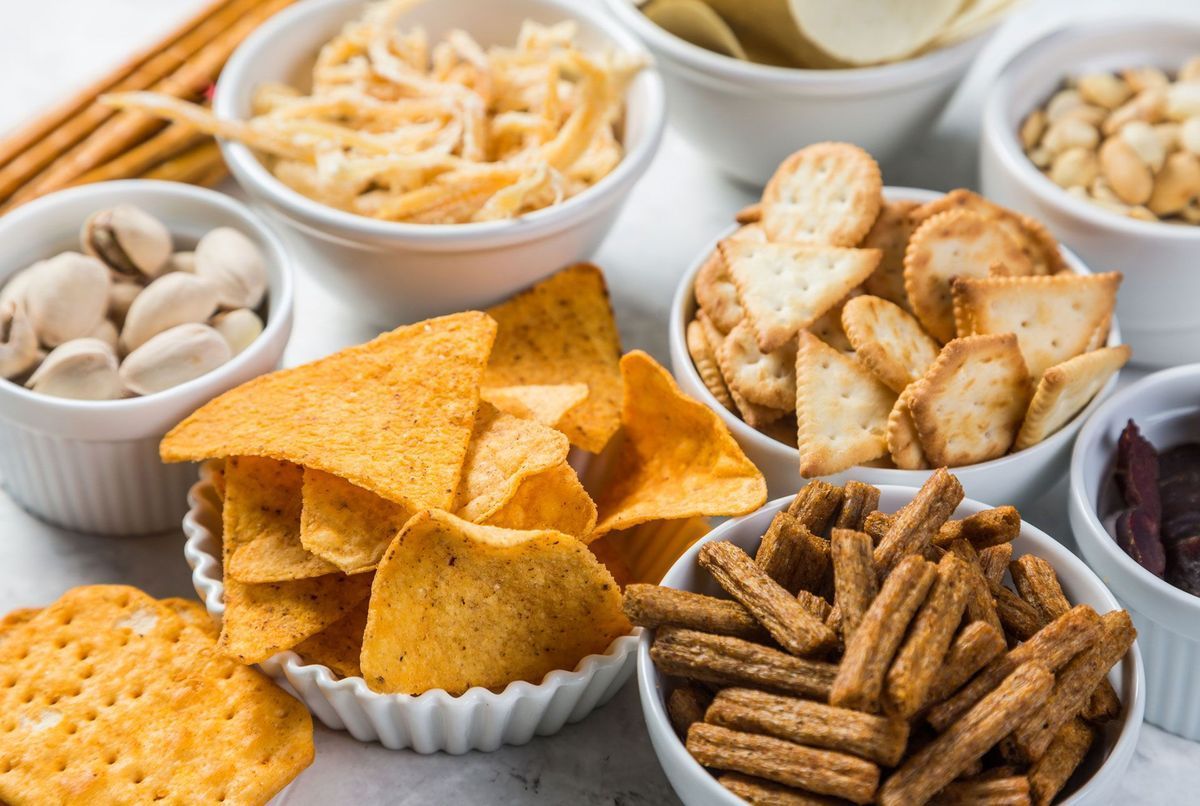
4:00 PM
Snack Time – (Protein Shake; Rice Cakes)
Johnson likes a protein snack to recharge him after long work days or afternoon exercise. It helps him get better faster and keeps his energy up all day.
- Protein Shake Recipe: His usual shake has 65–70 grams of protein powder, carbohydrate powder, a whole apple, electrolytes, creatine, water, and ice.
- Rice Cakes: He eats this with rice cakes for fast, healthy carbs that help his body store energy.
- Why Nutrition Matters: He says eating after working out is super important so your muscles can recover and receive the necessary nutrients.
“Don’t overlook the importance of getting in your protein/carb/sugar immediately after your workout.”
It shows that small habits can lead to great results over time.
-

6:00 PM
Dinner (Grilled Fish & Vegetables)
Dinner is another meal planned to help him reach his fitness goals. Usually, it’s lean protein and veggies full of good stuff.
- What He Eats: Grilled fish (like cod or salmon), steamed veggies (broccoli or asparagus), and maybe some quinoa or sweet potatoes.
- Hydration: He keeps drinking water all evening to stay hydrated. He drinks about 2.5–3 gallons of water each day.
Quality Time with Family
Johnson prioritizes family even when he’s busy. He believes in making great memories with his girls.
- 7:30 PM is family time: He loves hanging out with Jasmine (7) and Tiana Gia (4). He lets them put makeup on him and does whatever they want. He also advises Simone (21) about her WWE career, but he lets her do her own thing, too.
“Being a father to my little girls is the most important thing in my life. To raise them and always be there during these critical years in their life.”
Evenings are all about bouncing back physically and connecting emotionally. He understands that being strong isn’t just about how fit you are; it’s also about being there for others.
-

11 PM
Time for Bed
Johnson tries to get to bed by 11 PM, but sometimes work keeps him up until midnight. Even though he only gets three to five hours of sleep, he says he wakes up feeling good because he sticks to his routine.
- Relaxing Before Sleep: Before bed, he looks over his plans for the next day or just chills out and thinks.
- Sleep: He doesn’t sleep much, but he makes it work by starting his day with workouts and eating consistently.
“I don’t usually start feeling tired until around 11 PM. I turn in anywhere from 10 PM to midnight depending on the demands of the day.”
Dwayne “The Rock” Johnson’s Sleep Routine
He doesn’t sleep like most people. This shows how hard he works and how much he wants to get done. Although he sleeps less than most, he makes his schedule work so he can still do his best in his job, his fitness, and his personal life.
- Limited Sleep Hours: He usually gets three to five hours of sleep a night, while most grown-ups need seven to nine hours. He’s in bed around midnight and up at 3:30- 4:00 AM, and he likes to get up early more than sleep in.
- Sacrificing Sleep: He will often cut back on sleep to have some quiet time before the day gets crazy. He likes to plan, meditate, and work out in the early morning hours.
“I often sacrifice two hours of sleep just so I can have the quiet two hours that I need before the whole house wakes up, including the animals.”
Even if Johnson doesn’t get much sleep, he stays mentally and physically on top of things. It seems like having a good routine and a purpose makes up for not getting enough rest.
-
